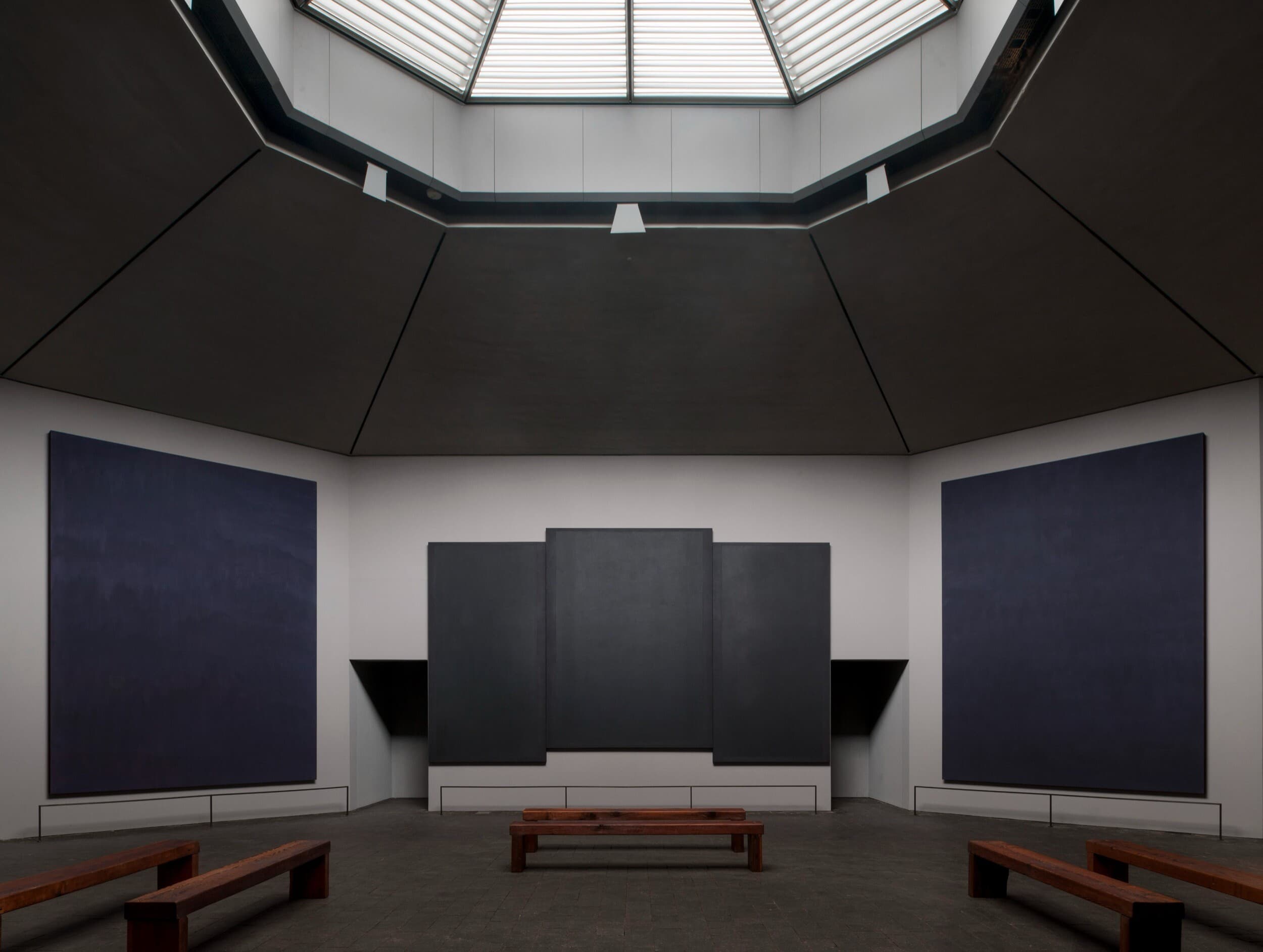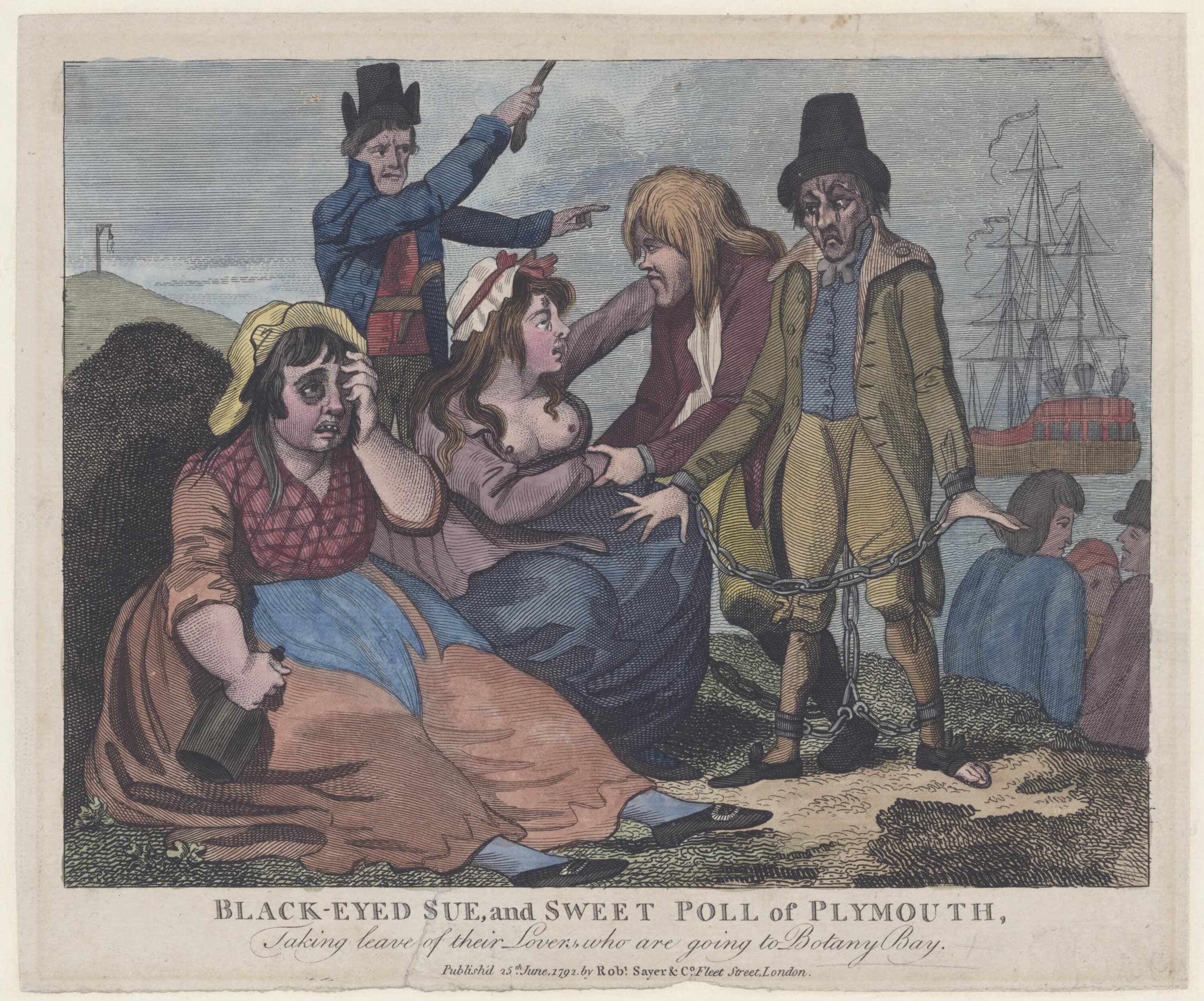Who’s Afraid of Red, Yellow, and Black?
Archie Moore’s minimalism plays a formalist trick on a settler audience that sees only an Aboriginal flag, never the painting itself.
My first encounter with both Archie Moore and his work occurred by chance. It was 2017 and Mnemonic Mirror, curated by artists Gary Carsley and Kylie Banyard, had toured to Griffith’s University Art Gallery (now Griffith University Art Museum). I was a volunteer and made a last-minute decision to observe the deinstallation of the exhibition. Archie was there assisting with the removal of Dermis (2012), three brittle sheets of paint. Each sheet was moulded over a wooden dowel, with red and black folded like tea towels, and yellow doubled over into a triangle. The three colours were akin to a deconstructed or abstracted Aboriginal flag. I asked a question about the work, to which Archie sheepishly replied, “I was thinking about painting, about minimalism.”
Exclusive to the Magazine
Who’s Afraid of Red, Yellow, and Black? by Hilary Thurlow is featured in full in Issue 1 of Memo magazine.
Get your hands on the print edition through our online shop or save up to 20% and get free domestic shipping with a subscription.
Related

The APY Art Centre Collective scandal, ignited by Murdoch’s The Australian, exposed more than allegations of interference—it revealed power struggles in the Aboriginal art industry and became a flashpoint for culture wars. As institutions, dealers, and politicians jockeyed for position, the artists were caught in a battle over authenticity, control, and the future of Aboriginal contemporary art.

By recasting Black-Eyed Sue and Sweet Poll in shackles, Sayer’s 1792 engraving subverts the sailor’s farewell to reveal convict and naval cruelty as mirror images.
